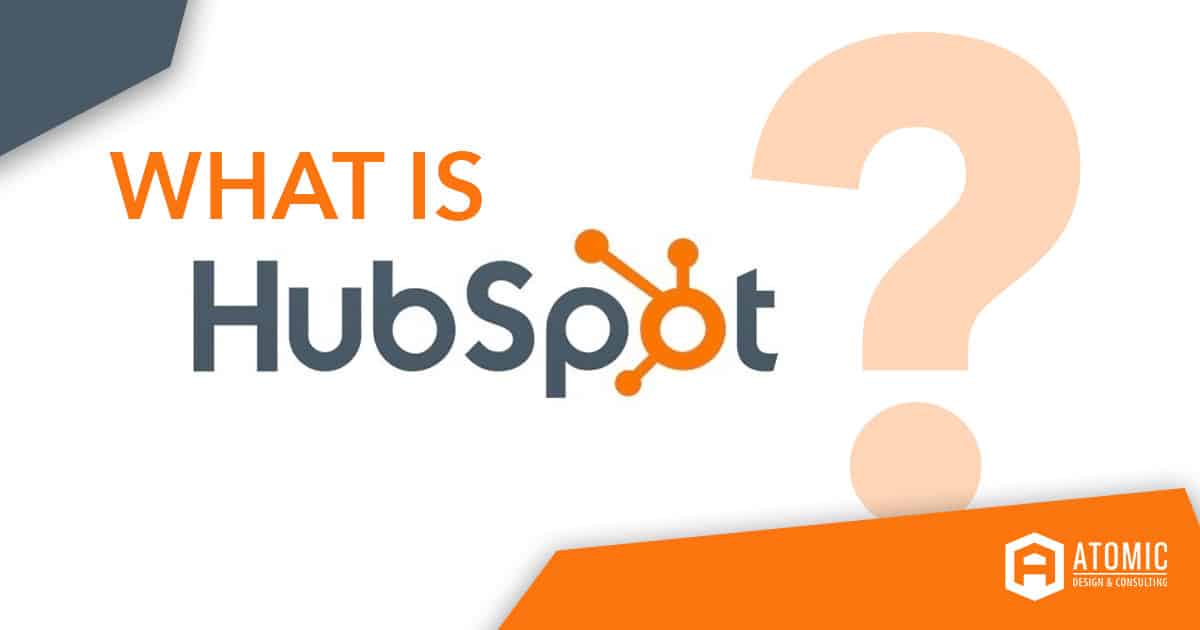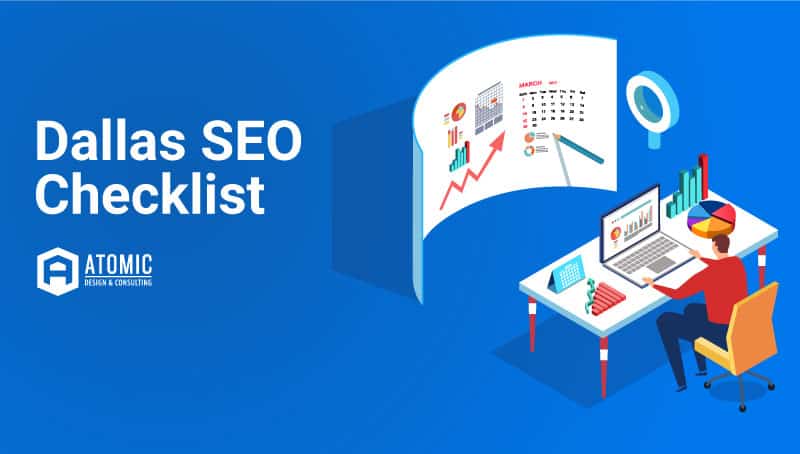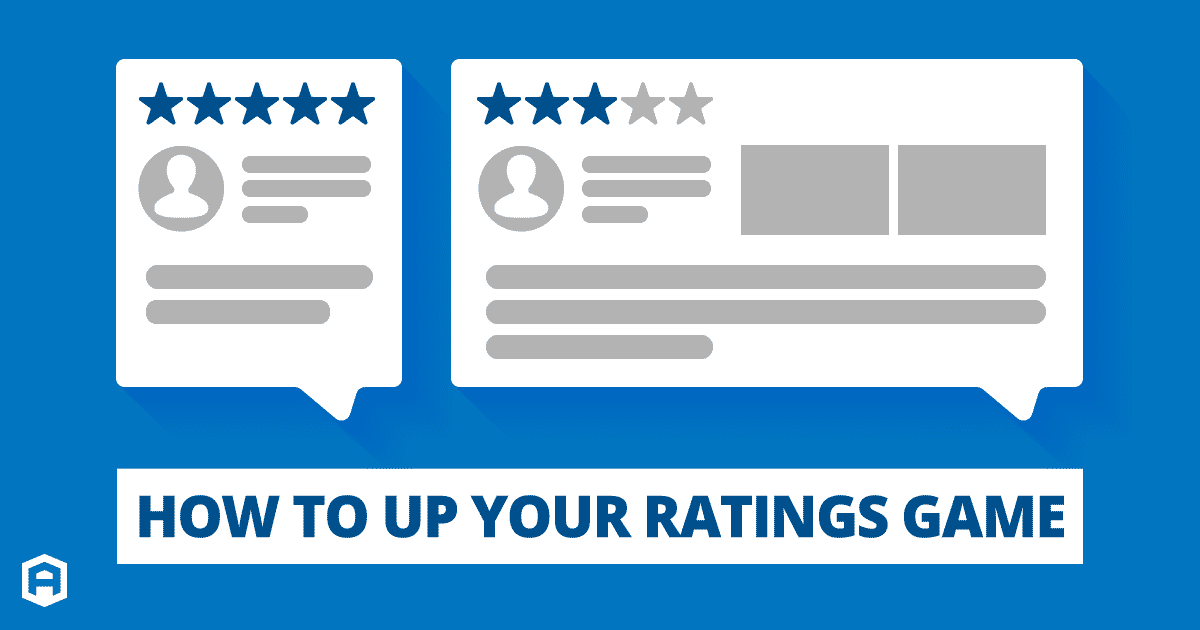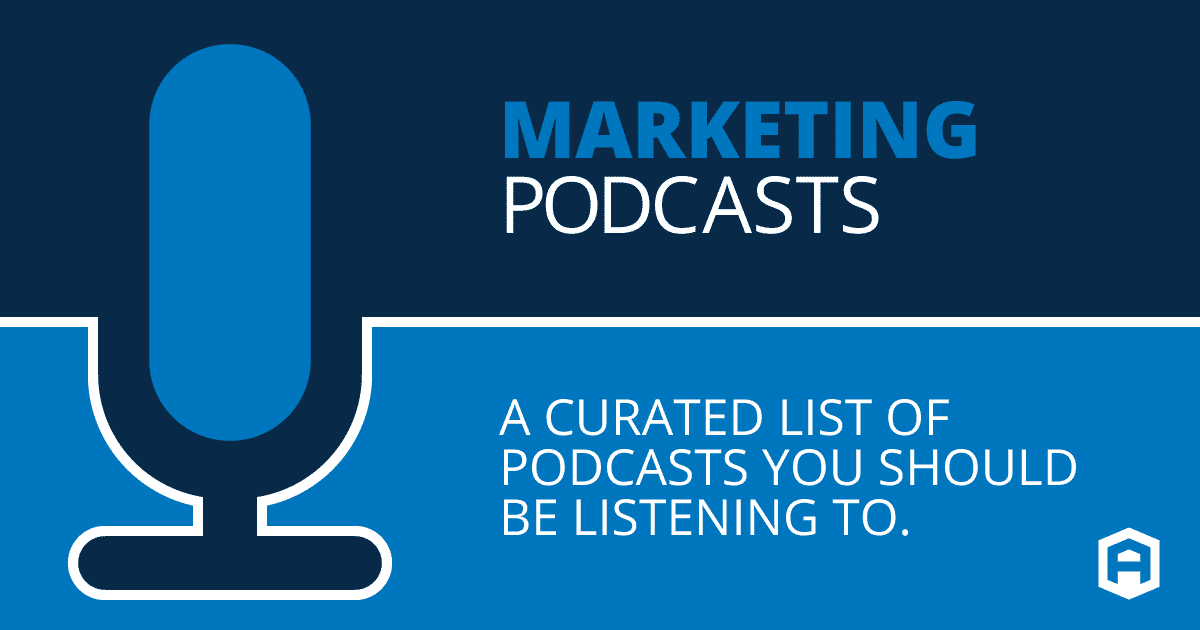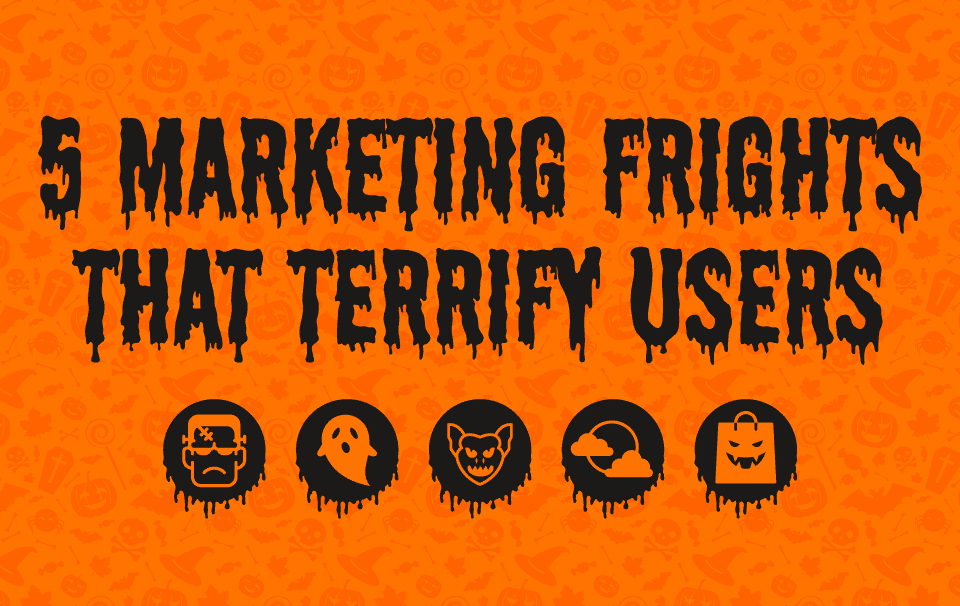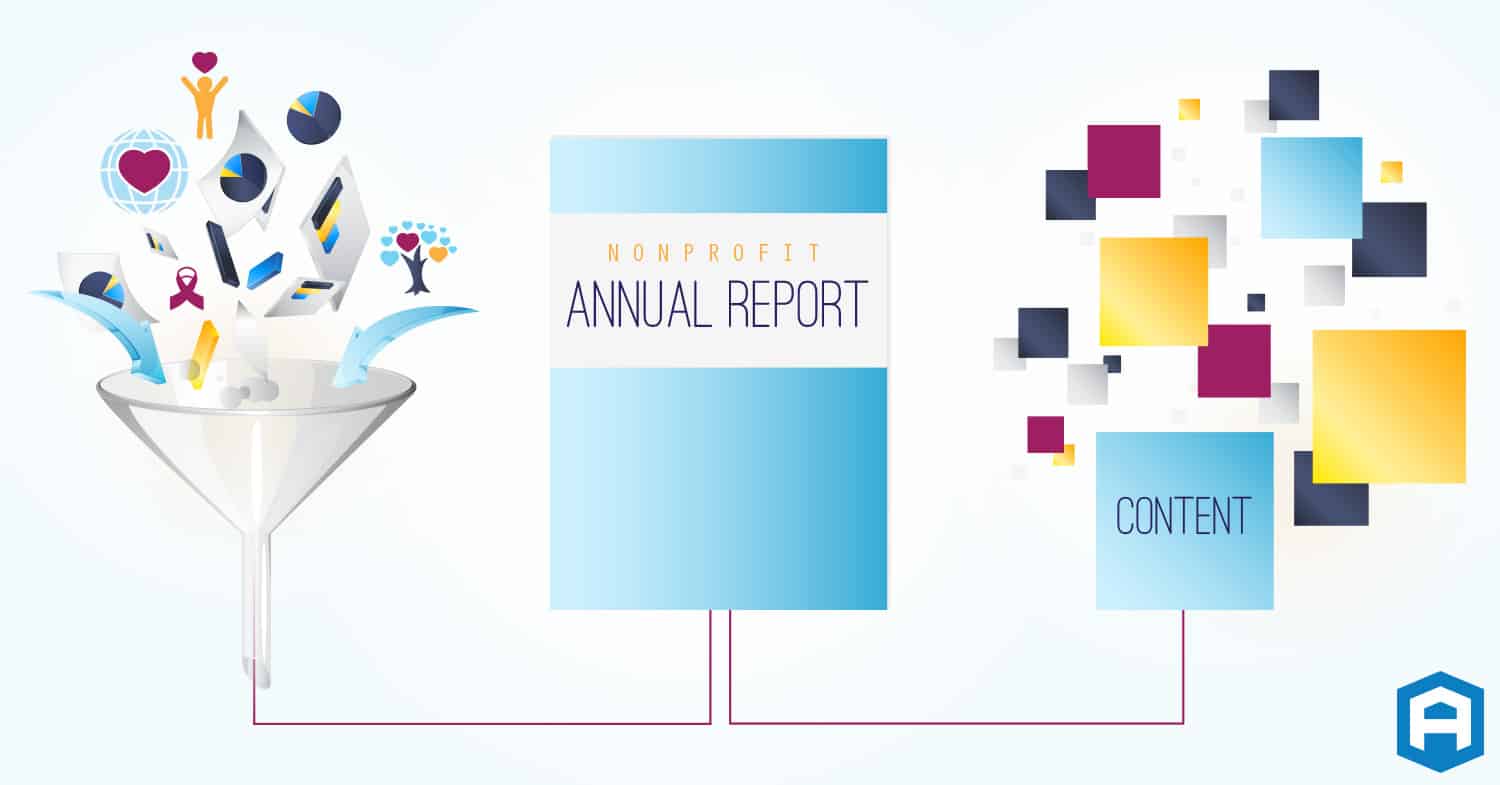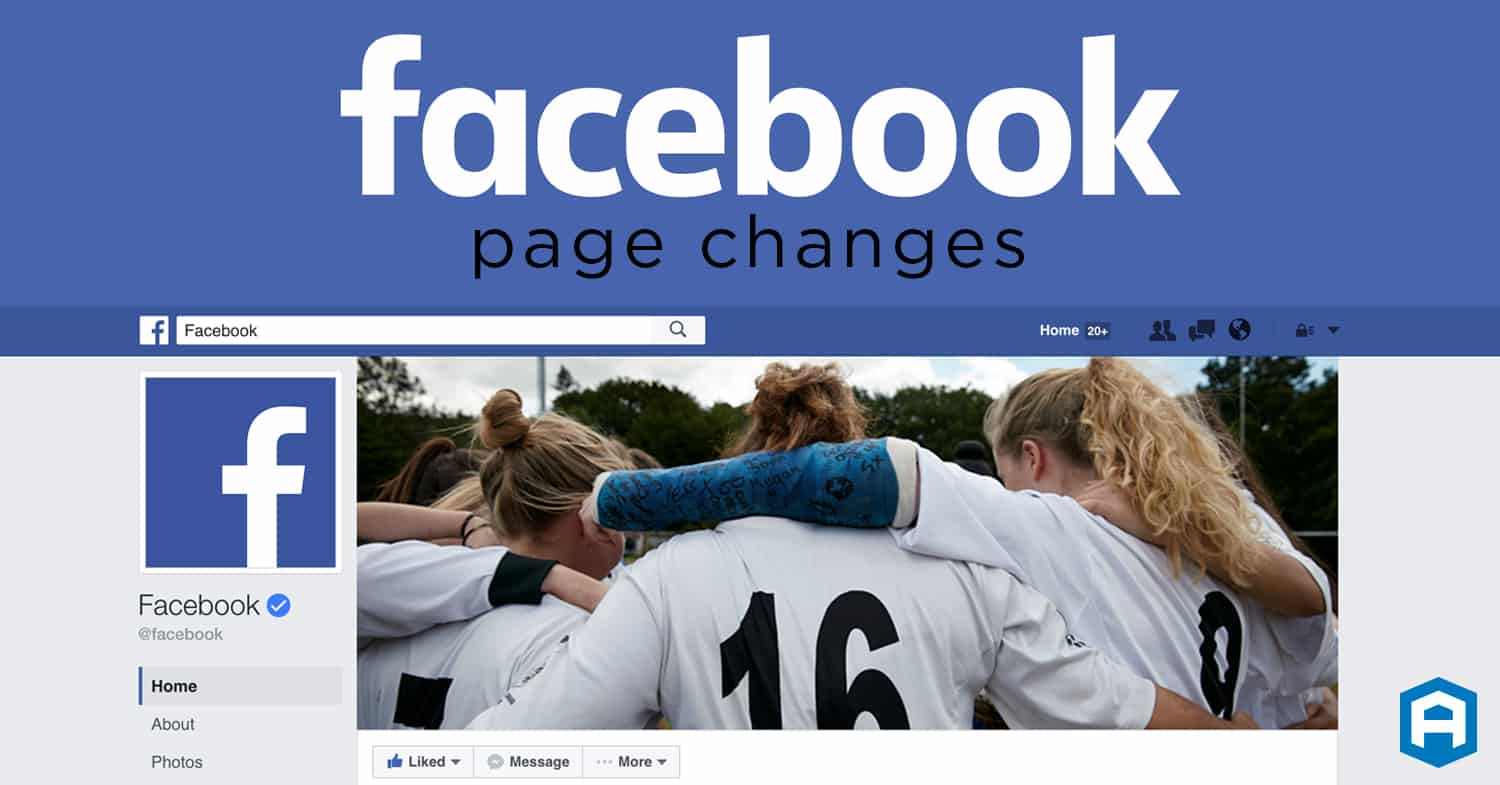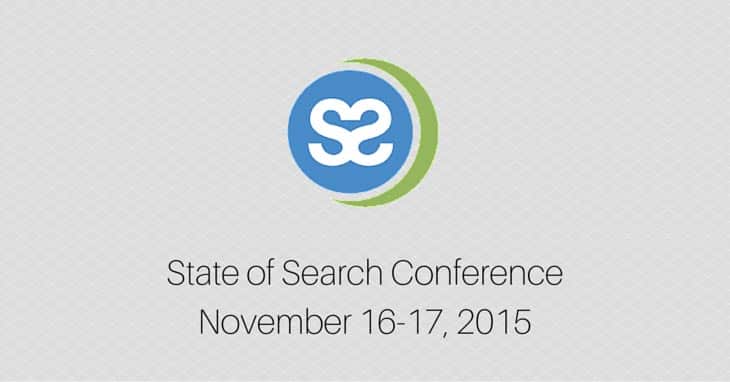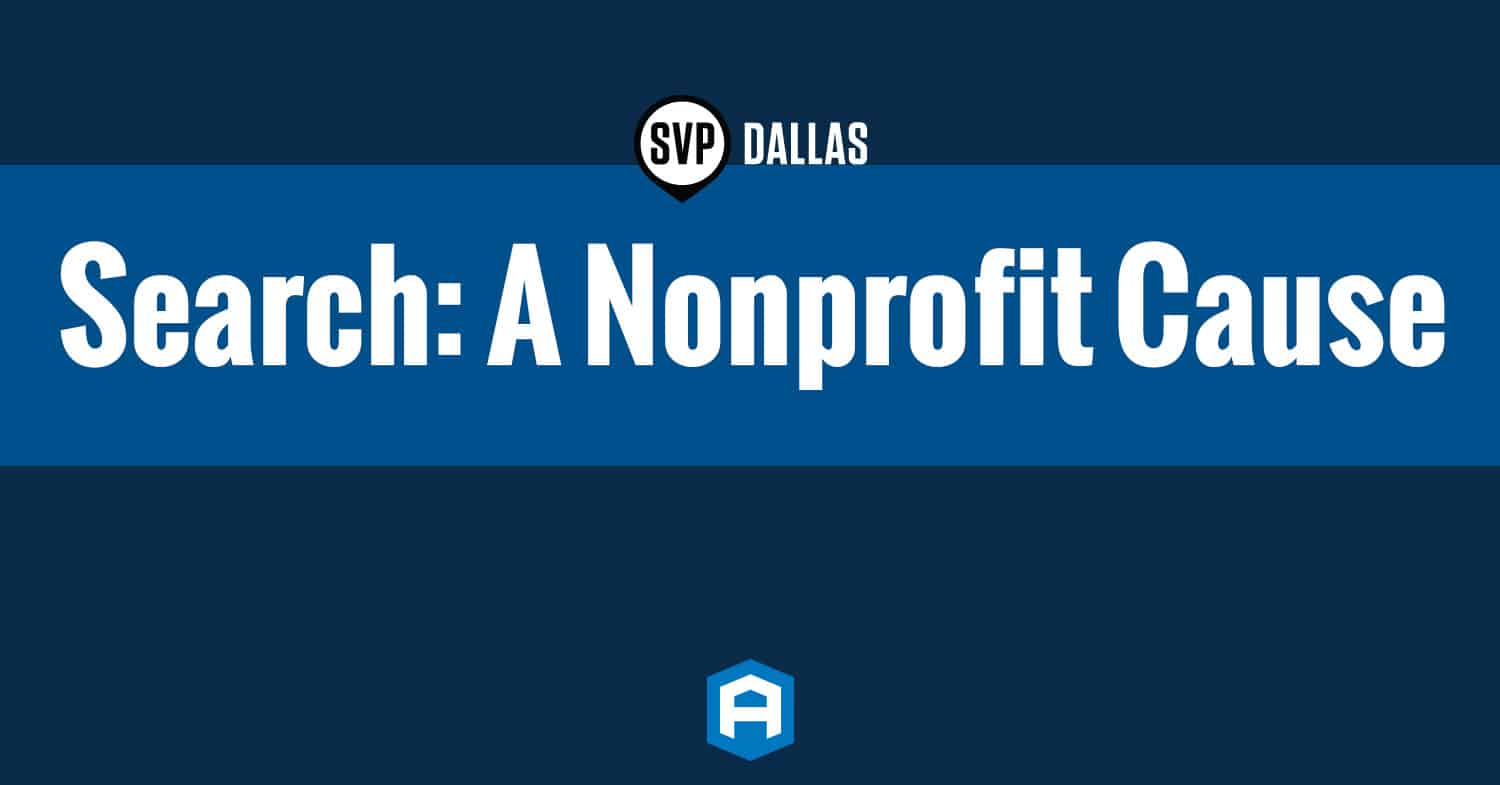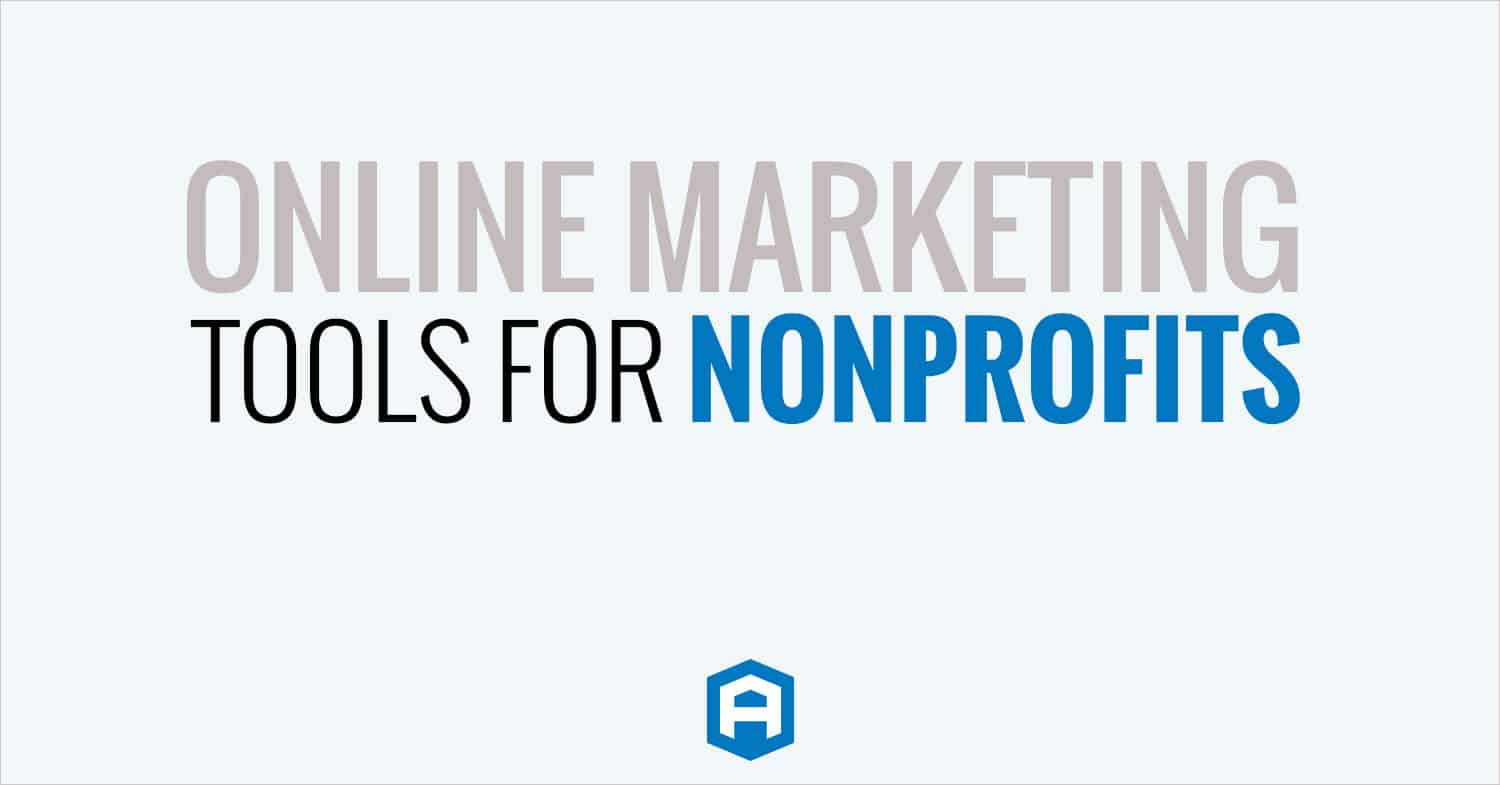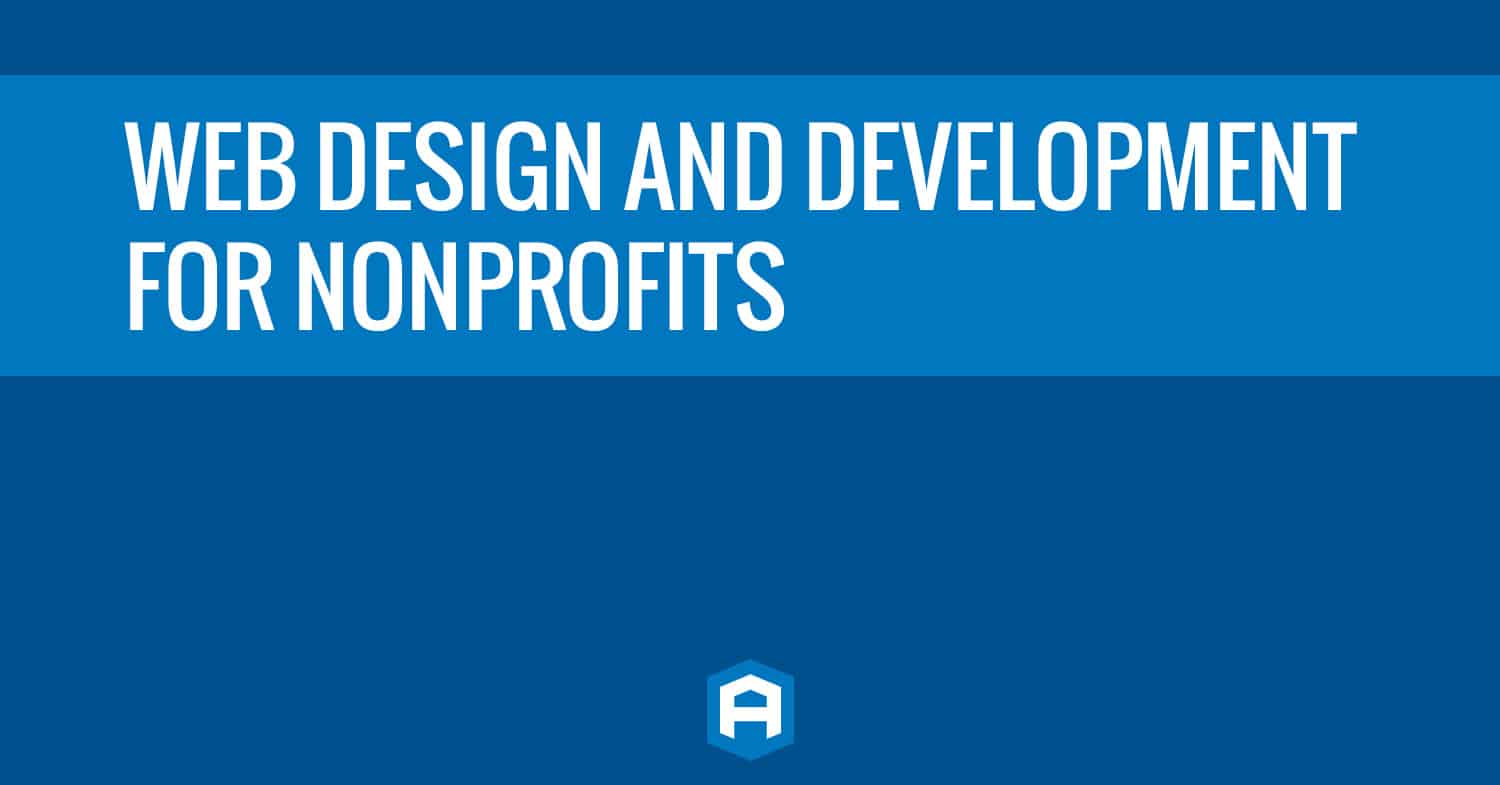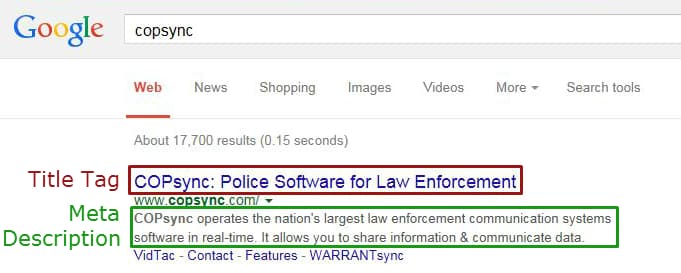
Title tags and meta descriptions are an important and valuable part of the content on your website. It’s especially important for both of these elements to be relevant to the content of the web page in order to boost search engine rankings and performance.
A title tag is the main copy that describes an online web page. It’s a quick way to give users an insight to the content of the web page. Ultimately, it’s the deciding factor on whether they will click on the link or not. They appear in three different key places: browsers (as shown above), search engine results pages, and external websites (such as Facebook shown in the example below). The title is required in all HTML/XHTML documents, and to some, it is the single most important on-page SEO element. That being said, it is very important to take the time to write out an evocative and logical title tag when optimizing for a web page.
To successfully write a title tag consider the following:
Length: Keep it short and simple with 55 characters in length.
Description: Each individual page should have a different title tag and it should be descriptive. At times, a title tag is suggested already and you should be careful. Don’t just take it and run with it. Cross-reference it on a keyword planner and check if the search volume is strong enough or if there’s something else that’s similar and ranks higher.
Connection: The title tag is the first connection the visitor makes when searching for your brand. A creative and compelling tag will attract more visitors to your site.
Placement: Once you have picked your title tags, place the most important ones at the beginning of the tag. Google and other search engines will recognize and highlight the keywords in a search query.
Branding: Include your brand in the title tag. If you’re working with a brand that has a strong presence then you can place it in the beginning of the title. If the brand is less known and the keyword has a higher click-through rate*, then place the brand at the end of the title.
* Click-through rates have a strong impact on your ranking.
Meta descriptions are similar:
Think of it as a more detailed title tag, it’s a more complete description of the web page’s content. Although it’s not used in Google’s ranking algorithm, it’s still very important to write them thoroughly since Google will sometimes highlight and use the summary in search results.
Meta description should be kept around 155 characters long that way it fits in the search result. If you’re working on a large site, it can get a bit tedious to write a unique description for each page. Start out with the most important pages first, such as: home page, about us, contact us, etc.
Recently, we undertook the task of re-writing title tags for a client who specializes in police software. We inserted their keyword targets into their title tags and meta descriptions by using the keywords to describe what the page is about. Within a couple of days, the keyword rankings increased dramatically.
Note: It’s important that the keywords are relevant to what the user will find on the page. Otherwise, it’s considered keyword stuffing and can actually do damage to your rankings.
Don’t skimp on these important on-page SEO factors. Take the time to follow these simple guidelines and write out well-optimized title tags and meta descriptions and set your site up for success.
Need Specific Help?
Interested in a specific topic? Review the topics below to get the info, news, and tips you need!









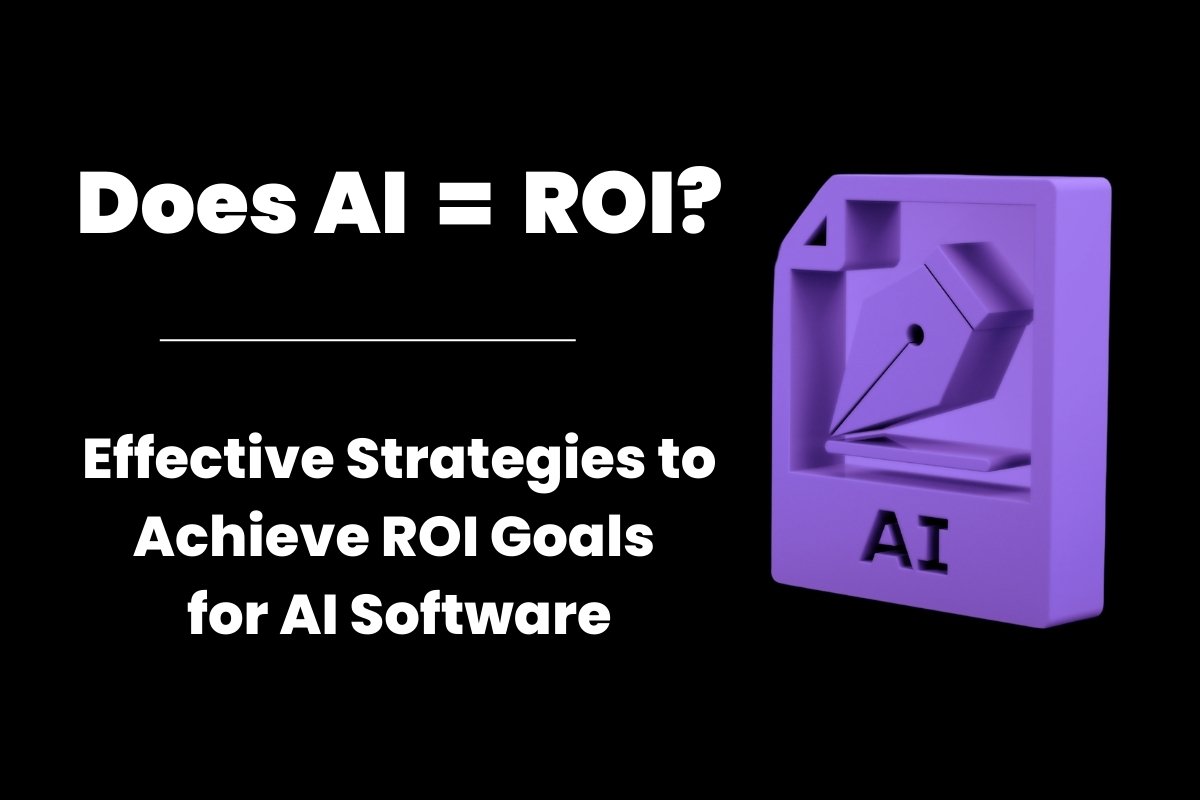






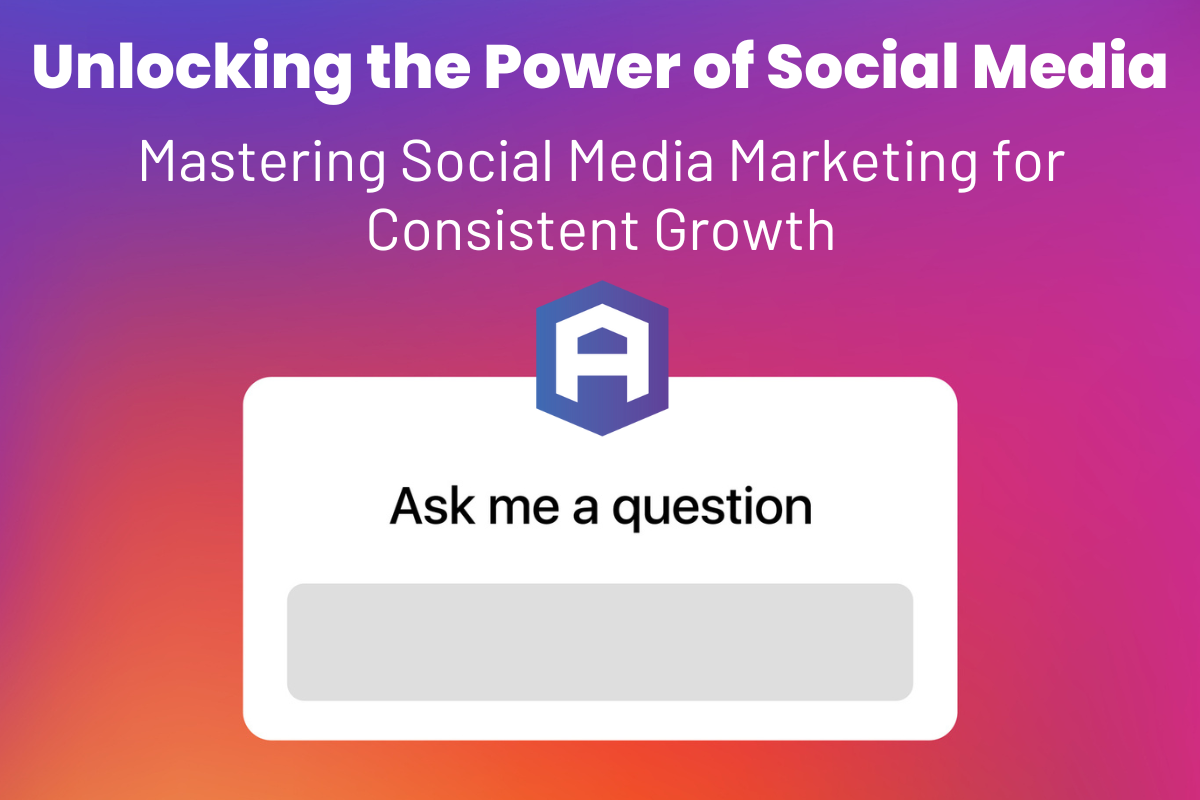








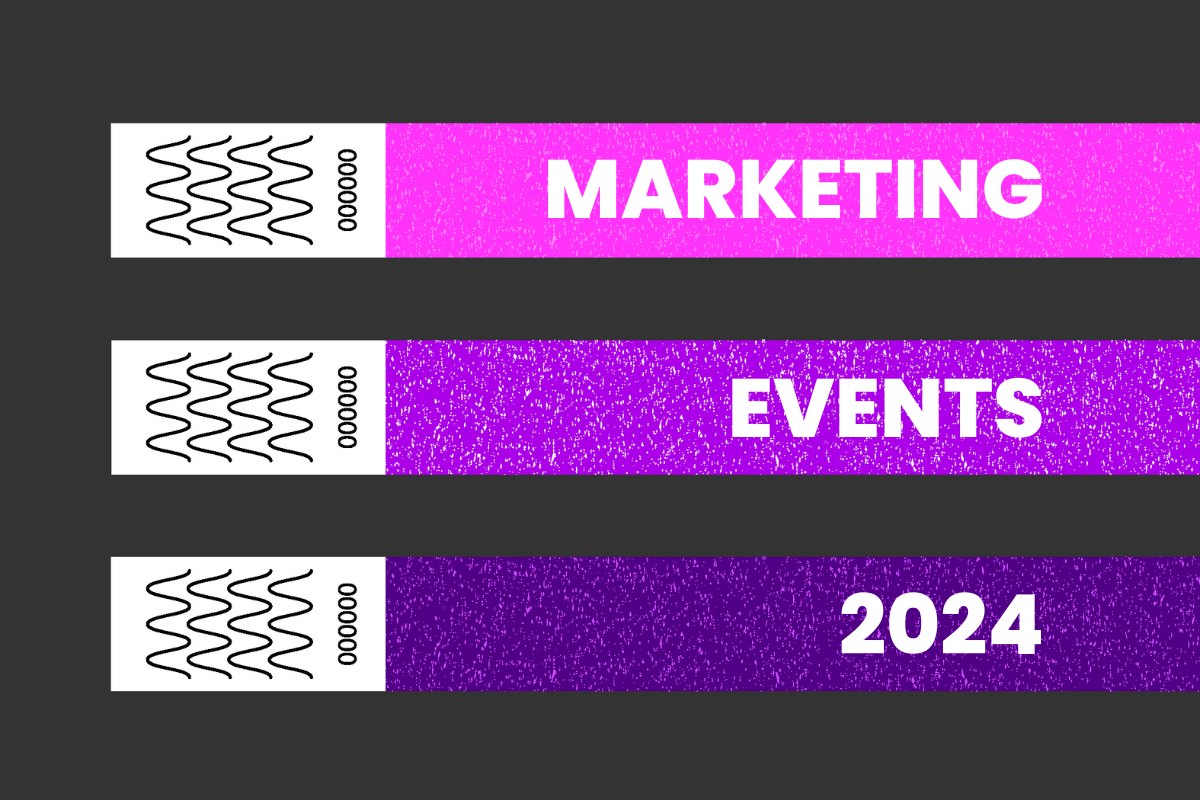


















![HubSpot Partner Day 2019 [Recap] 46 ADC partner day 1200x630 1](https://www.atomicdc.com/wp-content/uploads/2019/09/ADC-partner-day-1200x630-1.jpg)



![30 Awesome HubSpot Tools That Won’t Cost You a Dime [Free Inbound Marketing Tools] 50 30 hubspot tools that won't cost you a dime](https://www.atomicdc.com/wp-content/uploads/2019/06/ADC-30-hubspot-tools.jpg)








